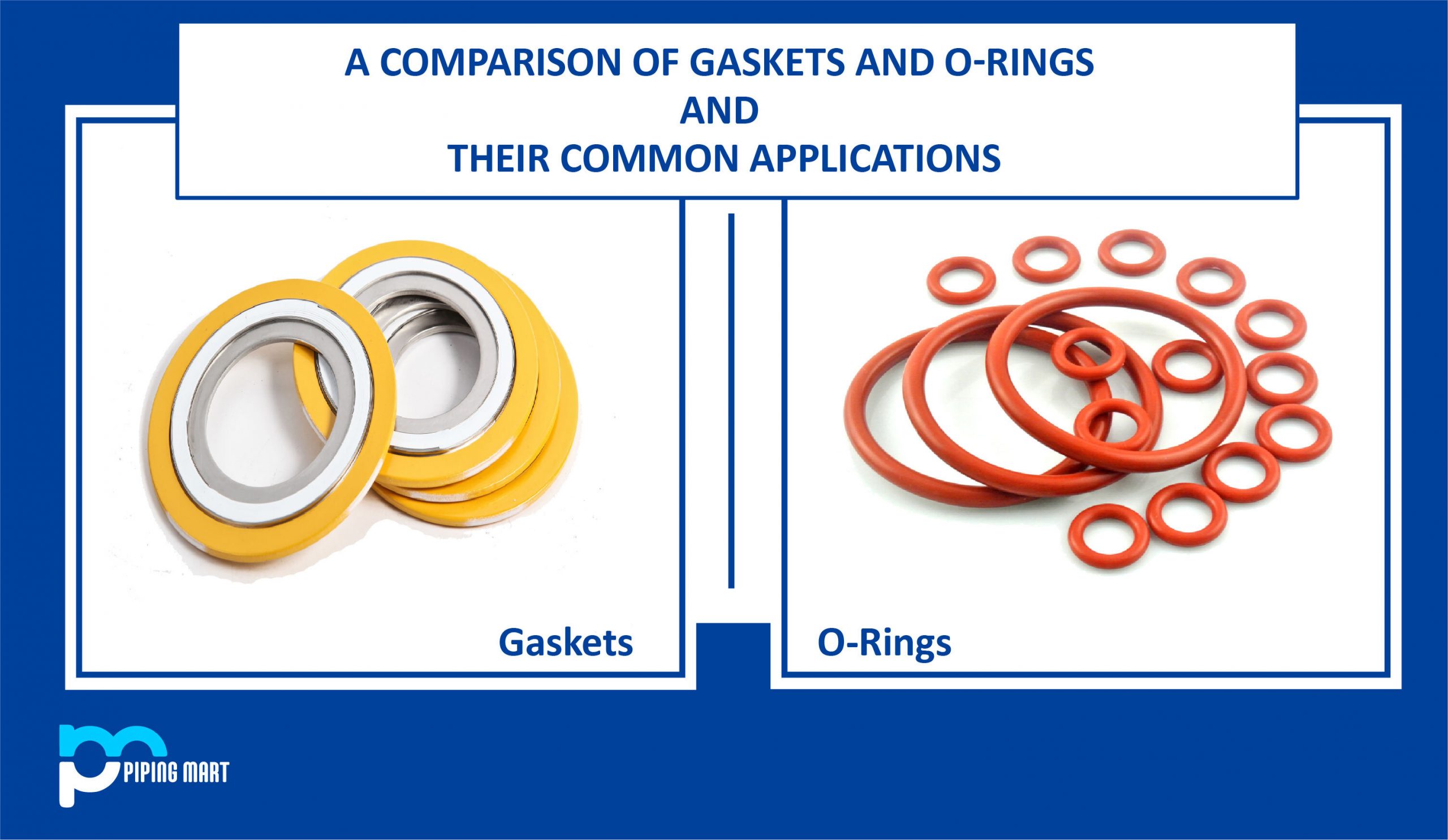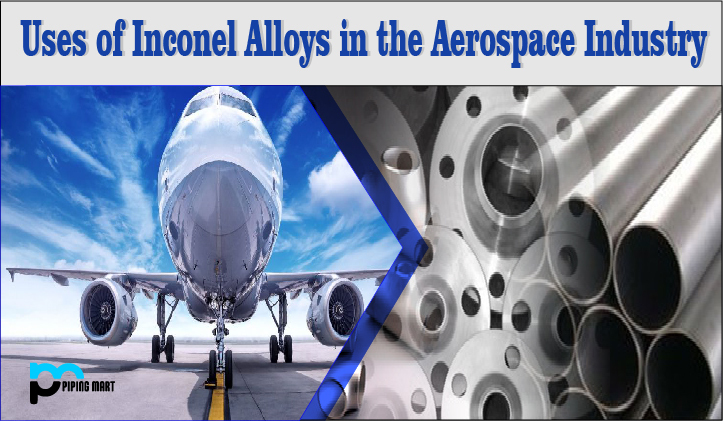Die casting, and extrusion are two important manufacturing processes that have been used for decades to produce various products. Both processes involve heating metal until it is soft enough to be moulded into the desired shape, but there are some important differences between them. Let’s take a look at how they compare in terms of cost, speed, and precision.
Speed
When it comes to speed, die casting is generally faster than extrusion. This is because the molten metal used in die casting can be injected into the mould much more quickly than it can be extruded. Additionally, due to the high-pressure injection process used in die casting, there is less opportunity for air bubbles or other imperfections to form inside the cast part. This makes it possible to produce higher quality parts with fewer defects at a quicker rate when using die casting compared to extrusion.
Cost
The cost of producing parts using either process depends heavily on the complexity of the parts being produced as well as any additional finishing or customization that may be required. Generally speaking, however, die casting is usually more expensive than extrusion due to the higher cost of machinery and materials needed for the process. Additionally, since die-cast parts tend to require fewer post-processing steps than those produced by extrusion, this further increases their cost relative to extruded parts.
Precision
In terms of precision and detail reproduction capabilities, both processes have their advantages and disadvantages. On the one hand, die casting produces parts with very consistent wall thicknesses and tight tolerances thanks to its high-pressure injection process. On the other hand, extrusion offers more flexibility when it comes to creating complex shapes, such as curved surfaces or intricate patterns, as they can easily be achieved with this method without sacrificing accuracy or consistency.
- Die casting is a process that involves injecting molten metal into a mould to create a desired shape.
- Extrusion is a process that involves forcing metal through a die to create a desired shape.
- Die casting is typically used for creating complex shapes that would be difficult to create with other methods.
- Extrusion is typically used for creating long, straight objects such as pipes or rods.
- Die casting typically results in a smoother surface finish than extrusion.
- Extrusion is typically faster and less expensive than die casting.
Conclusion
Die casting, and extrusion are both useful manufacturing processes that can be used for various applications. While both offer certain advantages over one another in terms of cost, speed, or precision, depending on your specific needs, you must decide which process will work best for your product design requirements. If you are looking for high levels of accuracy and detail reproduction, then you may want to opt for die casting, while if you need more flexibility in terms of shape creation, then choosing an extruded product may offer greater benefits. No matter which option you choose, make sure that you do your research beforehand so that you end up with a product that meets all your needs!

A passionate metal industry expert and blogger. With over 5 years of experience in the field, Palak brings a wealth of knowledge and insight to her writing. Whether discussing the latest trends in the metal industry or sharing tips, she is dedicated to helping others succeed in the metal industry.




